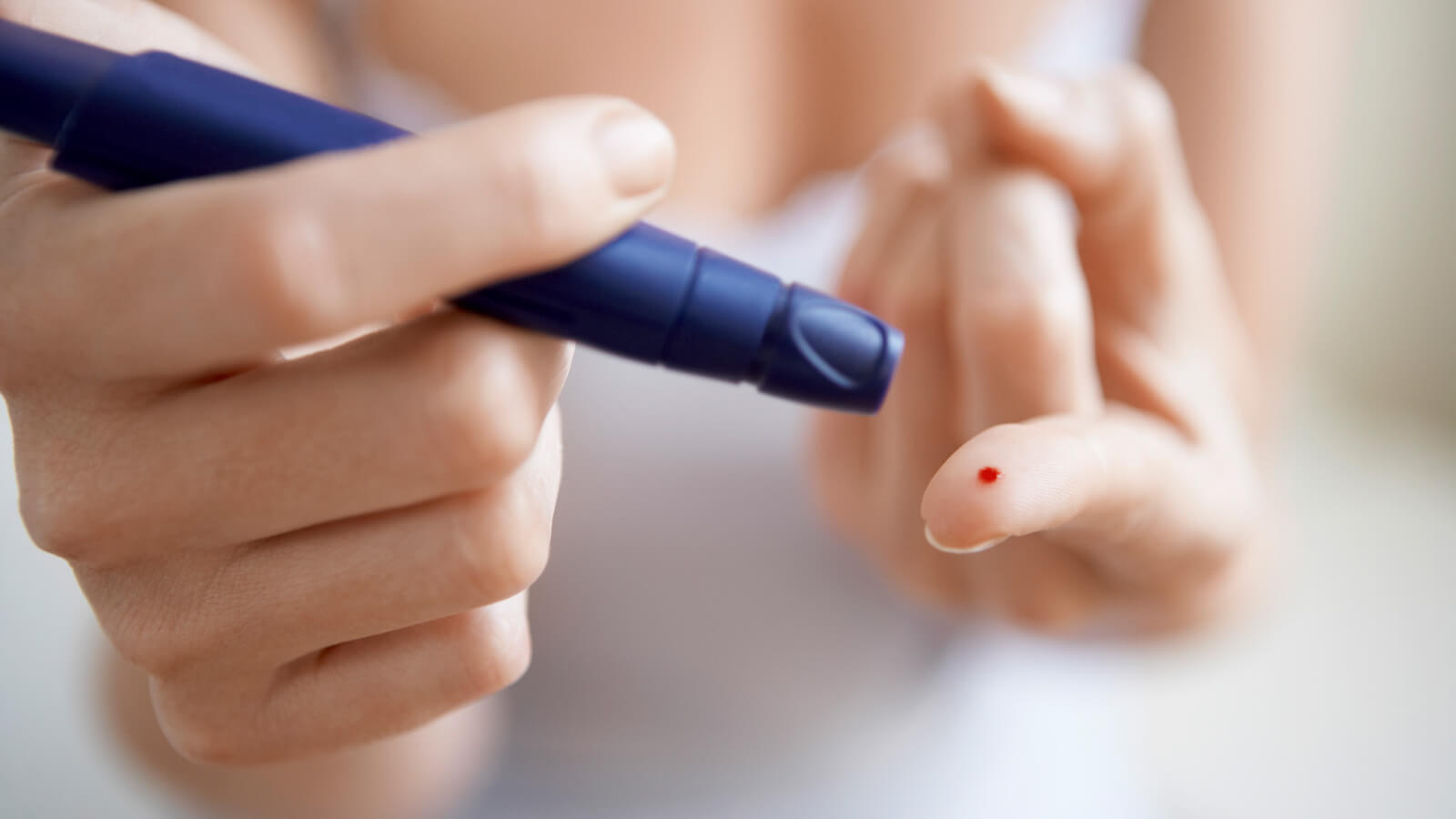Diabetes Breakthroughs Focus on Making Daily Life Easier

New research and emerging innovations are constantly evolving when it comes to helping patients manage, and maybe even prevent, Type 2 diabetes. The days of tender fingertips and painful injections may not be over, but alternatives are becoming more and more commonplace.
Diabetes affects over 37 million people in the United States, slightly more than 11% of the population.1 Type 2 diabetes accounts for more than 95% of all diabetes.2 Game-changing breakthroughs, such as continuous glucose monitors (CGMs)and therapeutics targeting novel pathways including a combination of GLP-1 (glucagon-like peptide-1) and GIP (glucose-dependent insulinotropic polypeptide), are helping improve day-to-day management of diabetes. Still, a need exists for more cutting-edge innovations to improve individuals’ overall quality of life.
"We've come so far with medicines. But with Type 2 diabetes, we haven't gone far enough," says Lisa Tarasenko, PharmD, MBA, Pfizer's Global Medical Affairs Early Asset Lead for Diabetes and Obesity. "The number of people living with diabetes keeps growing. Ensuring each patient receives optimal care is a challenge."
The paradigm of both prevention and management of Type 2 diabetes is shifting. A greater emphasis is being placed on identifying patients at risk and trying to prevent diabetes, while management is pivoting away from merely lowering glucose levels. Newer therapies that can promote weight loss in people who are overweight or have obesity also lessen overall cardiovascular risk. These are significant advancements, especially considering that cardiovascular disease is the number one cause of death for people living with diabetes.3
Diabetes Management Innovations
Several innovations, Tarasenko says, have made it easier for patients to monitor and consistently lower glucose levels, sometimes eliminating the need for insulin.
For example, CGMs are devices that may reduce the need for finger sticks and help people with diabetes learn more about their glucose control throughout the day. A sensor is implanted just below the skin to measure glucose in the fluid between cells. Early versions were approved by the FDA in 1999.4 The technology has continued to evolve over the years, and today, the devices can capture glucose values at preset time intervals and send those numbers to a mobile app. The data highlight the individual’s blood sugar patterns and trends so that each person can fine-tune their diabetes management.5
Other innovations have been made with insulin. A wider variety of options for control of glucose levels now exist—including rapid-acting, long-lasting, and pre-mixed insulin formulas, as well as combinations with other types of injectable medications. Smart insulin pens connect to mobile devices and use recorded blood sugar levels and meal size, alongside prescriber recommendations, to calculate the timing and amount of each dose.6
Evolving Treatments for Type 2 Diabetes
Rather than focusing only on blood sugar levels, researchers today are addressing diabetes in a variety of ways. The hope is to enhance the treatment options patients have access to, Tarasenko says.
Two classes of therapies, glucagon-like peptide-1 receptor agonists (GLP-1RA) and sodium-glucose cotransporter-2 inhibitors (SGLT-2i), have a lower risk of certain side effects, particularly hypoglycemia and weight gain, compared with many of the older medications for diabetes. Consequently, they're recommended as first- or second-line options in the management of diabetes for most patients.7,8
When a person eats, the small intestines and colon typically release GLP-1, a gut hormone that helps a person feel full. GLP-1 also plays a role in how the body releases its own insulin and processes nutrients. GLP-1 typically lasts a few minutes in the bloodstream. GLP-1 RA medications mimic GLP-1, but last longer. For patients with diabetes, this type of medication can help with controlling blood sugar, and people who have diabetes or obesity may also lose weight when taking a GLP-1 RA.9
In addition to lowering A1C, some of these medications also reduce cardiovascular risk.10
Most GLP-1 RA medications are injections, typically taken once a week. In the 2020s, an oral GLP-1 RA was also approved.11,12 SGLT-2i medicines, which may help the body to lower blood sugar levels by promoting excess glucose to be carried out in urine, also may reduce the risk of cardiovascular events, including heart failure and kidney problems.
Research Leads to a Win-Win for Patients and Providers
Diabetes has a long history of management options, and each breakthrough offers patients a way to gain better control over diabetes. Ultimately, Tarasenko says, the goal is to ensure people have access to innovative treatments to give them the best possible quality of life.
"It’s important for patients and healthcare providers to consider all treatment options, because many patients are not getting first-line treatments that have benefits beyond controlling blood sugar," Tarasenko says. "If healthcare providers have greater awareness of newer medicines , and patients have access to those treatments, that's a win-win situation. Healthcare professionals will be able to help patients get their diabetes under control, and they will be able to use an approach that helps the patient beyond just lowering a number. That's where we need to be."
